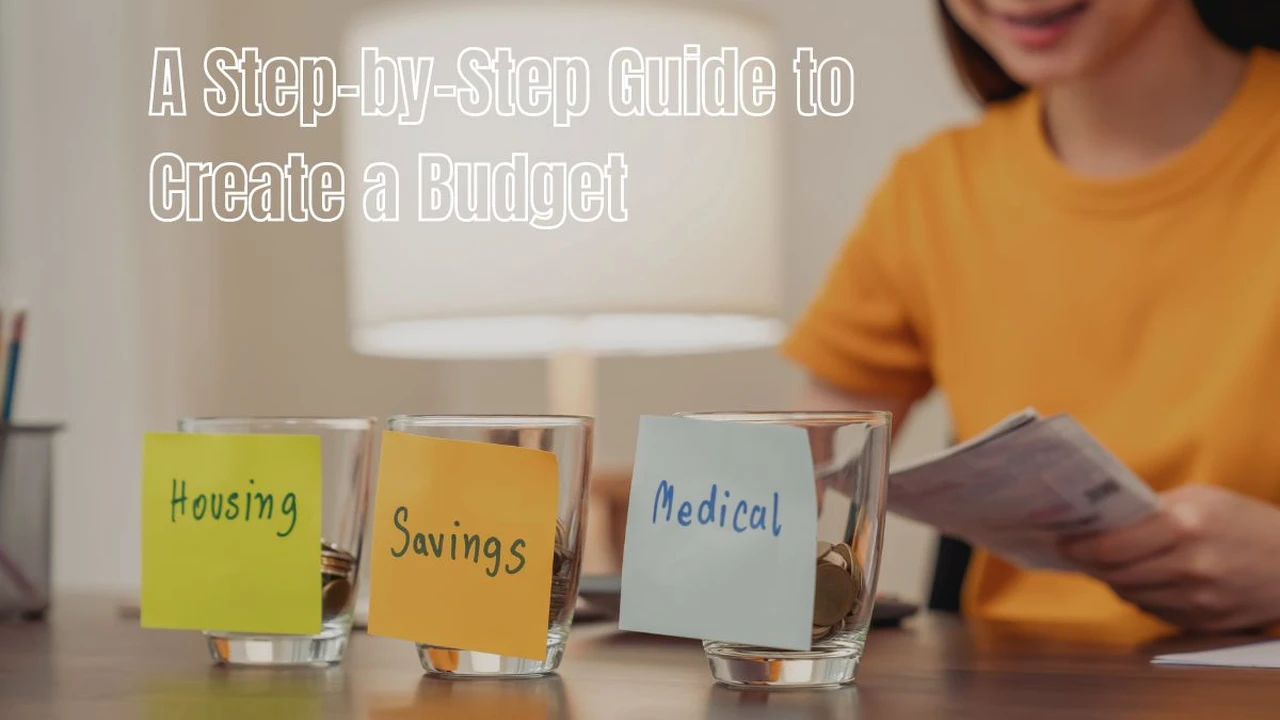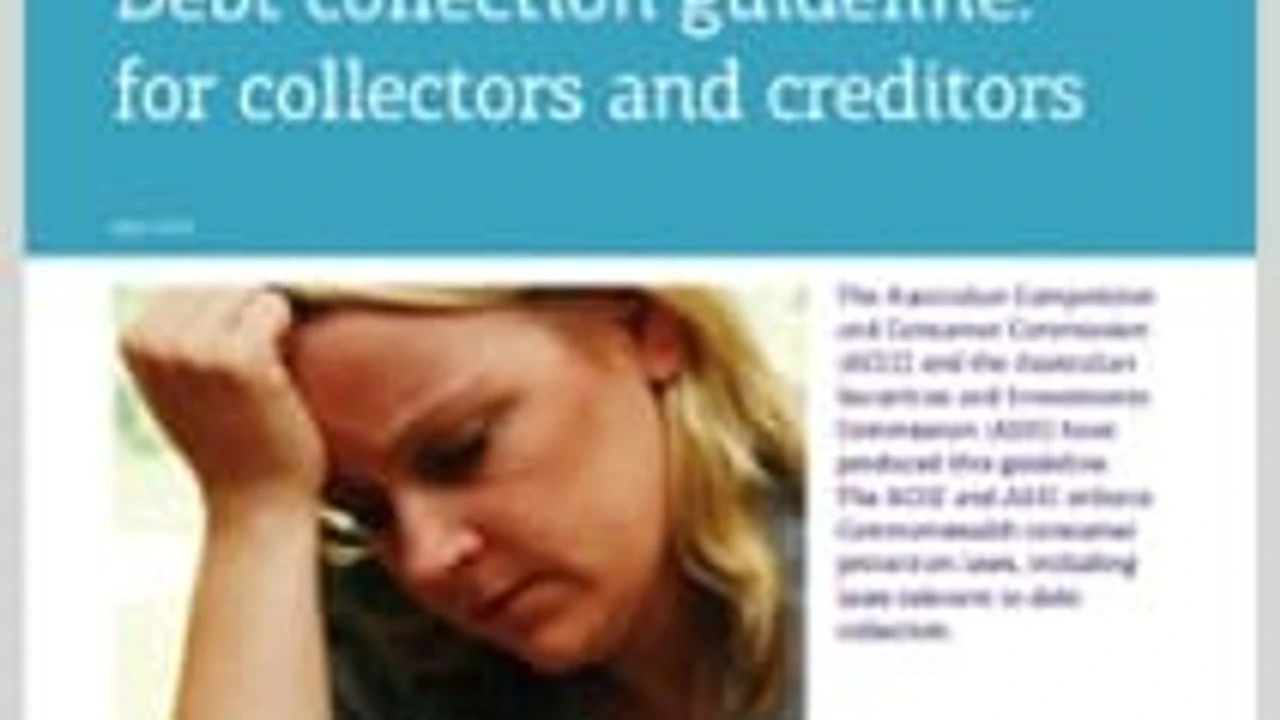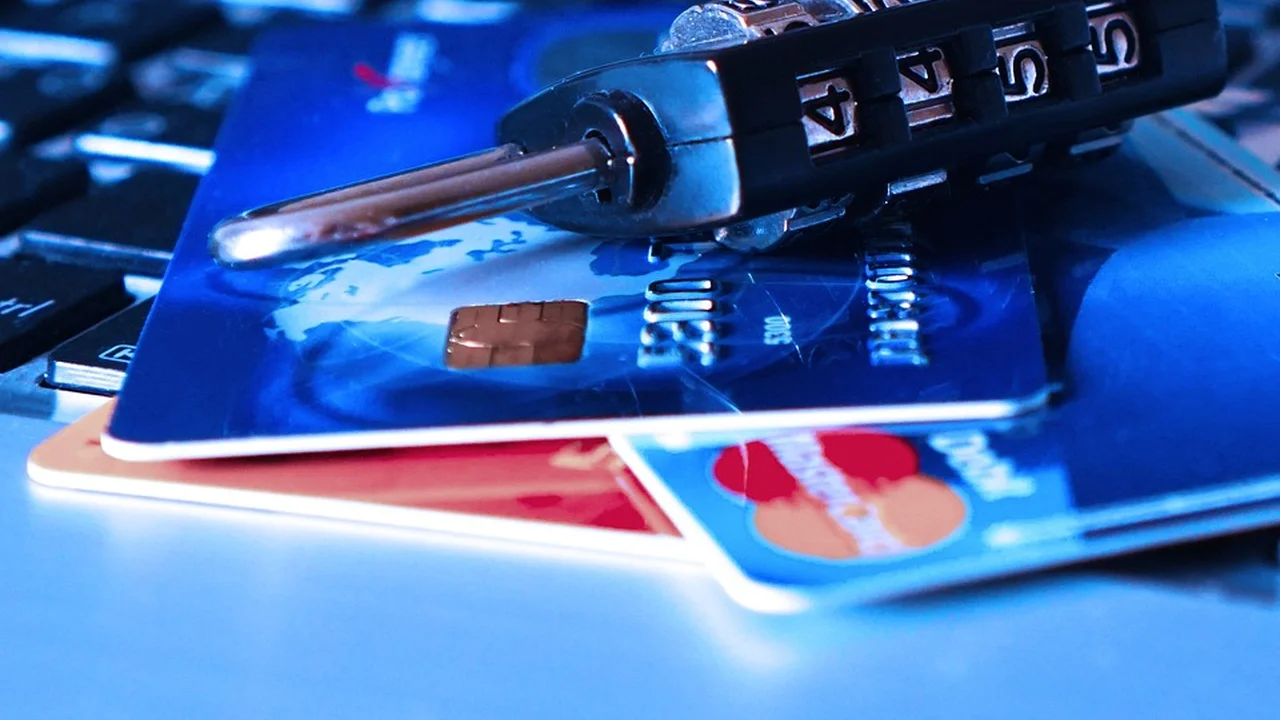Creating a Personal Budget Step by Step Guide
Follow our comprehensive step-by-step guide to create a personal budget that works for your financial needs.

Creating a Personal Budget Step by Step Guide
Understanding the Importance of Personal Budgeting for Financial Freedom
Hey there! Ever feel like your money just disappears? You’re not alone. Many people struggle with managing their finances, and that’s where a personal budget comes in. Think of it as your financial roadmap, guiding you to where you want to go. It’s not about restricting yourself; it’s about empowering you to make conscious choices with your hard-earned cash. A solid budget helps you understand where your money is going, identify areas where you can save, and ultimately, achieve your financial goals, whether that’s buying a house, paying off debt, or saving for retirement. It’s the cornerstone of financial freedom, giving you control and peace of mind.
Step 1: Calculate Your Monthly Income Accurately
Alright, first things first: how much money are you actually bringing in? This might seem obvious, but it’s crucial to get an accurate picture. Don't just guess! Gather all your income sources. This includes your regular salary, any freelance gigs, rental income, side hustles, or even government benefits. If your income is consistent, great! Just take your net pay (what you actually receive after taxes and deductions). If your income varies, like for freelancers or commission-based workers, it’s a bit trickier. In this case, look at your income over the past three to six months and calculate an average. It’s better to be a little conservative here, so if there’s a wide range, use the lower end of your average to avoid overestimating your available funds. Remember, we’re looking for your take-home pay, not your gross income.
Step 2: Track Your Spending Habits for a Month
This is where the rubber meets the road. Before you can tell your money where to go, you need to know where it’s been going. For one full month, meticulously track every single dollar you spend. Yes, every coffee, every subscription, every grocery run. This might sound tedious, but it’s incredibly insightful. You can do this in several ways:
- Manual Tracking: Keep a small notebook and pen, or use a spreadsheet. Write down every purchase, the amount, and the category.
- Banking Apps: Most banks offer excellent online tools that categorize your spending automatically.
- Budgeting Apps: This is often the easiest and most efficient method. We’ll dive into some great options later.
The goal here isn't to judge your spending, but to observe it. You’ll likely uncover some surprising spending patterns and identify areas where you might be unknowingly overspending. This step is all about awareness, not immediate change.
Step 3: Categorize Your Expenses Fixed vs Variable Costs
Once you have a month’s worth of spending data, it’s time to organize it. Categorize your expenses into two main groups:
Fixed Expenses Understanding Your Non-Negotiables
These are expenses that generally stay the same each month and are often non-negotiable. Think of them as your baseline costs. Examples include:
- Rent or Mortgage Payments
- Loan Payments (car, student, personal)
- Insurance Premiums (health, car, home)
- Subscription Services (Netflix, Spotify, gym memberships)
- Utilities (though some can fluctuate, a base amount is often fixed)
List these out with their exact monthly amounts. These are the expenses you absolutely have to cover.
Variable Expenses Identifying Areas for Flexibility
These are expenses that fluctuate from month to month and offer more flexibility for adjustment. This is where you have the most control. Examples include:
- Groceries
- Dining Out
- Entertainment
- Transportation (gas, public transport)
- Clothing
- Personal Care
- Hobbies
For these, use your tracked spending data to get an average. This is where you’ll likely find opportunities to cut back if needed.
Step 4: Set Realistic Financial Goals Short Term and Long Term
Why are you budgeting in the first place? Having clear financial goals will keep you motivated. These can be short-term (within a year) or long-term (over a year).
Short Term Financial Goals Examples and Strategies
- Building an emergency fund (3-6 months of living expenses)
- Paying off a credit card debt
- Saving for a vacation
- Buying a new gadget
For short-term goals, break them down into monthly savings targets. For example, if you want to save $1,200 for a vacation in 6 months, you need to save $200 per month.
Long Term Financial Goals Planning for Your Future
- Saving for a down payment on a house
- Retirement planning
- Funding your child’s education
- Starting a business
Long-term goals require more strategic planning and often involve investments. Even small, consistent contributions can make a huge difference over time thanks to compound interest.
Step 5: Create Your Budget The 50/30/20 Rule and Zero Based Budgeting
Now that you know your income, expenses, and goals, it’s time to put it all together. There are several popular budgeting methods, and you can choose the one that best fits your style.
The 50/30/20 Rule A Simple Approach to Budgeting
This is a great starting point for many people. It suggests allocating your after-tax income as follows:
- 50% for Needs: This includes your fixed expenses like housing, utilities, groceries, transportation, and minimum loan payments.
- 30% for Wants: This covers your variable expenses like dining out, entertainment, hobbies, shopping, and vacations.
- 20% for Savings and Debt Repayment: This is dedicated to building your emergency fund, investing, and paying down extra debt beyond the minimums.
This rule provides a good framework, but feel free to adjust the percentages to fit your unique situation. For example, if you have a lot of debt, you might shift more towards the 20% category.
Zero Based Budgeting Every Dollar Has a Job
With zero-based budgeting, you assign every dollar of your income a specific job. Your income minus your expenses (including savings and debt repayment) should equal zero. This doesn’t mean your bank account should be zero; it means you’ve accounted for every dollar. This method gives you maximum control and ensures you’re intentionally allocating your money. It’s a bit more detailed but incredibly effective for those who want to be very precise with their spending.
Step 6: Monitor and Adjust Your Budget Regularly
A budget isn’t a one-and-done deal. Life happens, and your financial situation will change. That’s why regular monitoring and adjustment are key to its success.
Weekly and Monthly Budget Reviews Staying on Track
Set aside some time each week or month to review your spending against your budget. Are you sticking to your categories? Are there any unexpected expenses? This regular check-in helps you catch issues early and make necessary adjustments before they become bigger problems.
Adapting Your Budget to Life Changes Flexibility is Key
Did you get a raise? Did your rent go up? Did you have a baby? All these life events will impact your budget. Don’t be afraid to revise your categories and allocations as your circumstances change. A flexible budget is a sustainable budget.
Step 7: Utilize Budgeting Tools and Apps for Efficiency
Gone are the days when budgeting meant endless spreadsheets and manual calculations. Today, there are fantastic tools and apps that can automate much of the process, making it easier and more enjoyable.
Top Budgeting Apps for Personal Finance Management
Here are some of the best budgeting apps, each with its own strengths:
Mint Free Budgeting and Financial Tracking
- Description: Mint is a popular free budgeting app that allows you to connect all your financial accounts (bank accounts, credit cards, loans, investments) in one place. It automatically categorizes your transactions, tracks your spending, and helps you create budgets. It also offers bill reminders and credit score monitoring.
- Key Features: Automatic transaction categorization, budget creation, bill tracking, credit score monitoring, investment tracking.
- Use Case: Excellent for beginners who want a comprehensive overview of their finances without a subscription fee. It’s great for seeing where your money goes at a glance.
- Pricing: Free.
- Pros: Free, comprehensive, easy to use, good for overall financial health tracking.
- Cons: Can have ads, categorization isn't always perfect and requires manual adjustment, some users report occasional syncing issues.
You Need A Budget YNAB Zero Based Budgeting Powerhouse
- Description: YNAB (You Need A Budget) is a powerful app based on the zero-based budgeting philosophy. It encourages you to give every dollar a job, ensuring you’re intentional with your spending. It’s known for its robust features and a strong community that supports its budgeting principles.
- Key Features: Zero-based budgeting, goal tracking, detailed reporting, direct import from banks, mobile app.
- Use Case: Ideal for those who want to be very hands-on and intentional with their money. It’s particularly effective for debt repayment and aggressive savings goals.
- Pricing: $14.99/month or $98.99/year (with a 34-day free trial).
- Pros: Highly effective for changing financial habits, excellent customer support and educational resources, no ads.
- Cons: Subscription fee, steeper learning curve than some other apps, requires consistent engagement.
Personal Capital Investment Tracking and Net Worth Management
- Description: While not strictly a budgeting app in the traditional sense, Personal Capital excels at tracking your net worth and investments. It provides a holistic view of your financial life, including cash flow, investments, and retirement planning. It offers a free dashboard and paid financial advisory services.
- Key Features: Net worth tracking, investment analysis, retirement planner, cash flow analyzer, fee analyzer.
- Use Case: Best for individuals with investments who want to track their overall financial health and plan for retirement. It’s less about day-to-day budgeting and more about long-term wealth management.
- Pricing: Free for the dashboard; paid for financial advisory services (starting at 0.89% of assets under management).
- Pros: Excellent for investment tracking, free comprehensive dashboard, good for long-term financial planning.
- Cons: Less focused on granular daily budgeting, can receive calls from financial advisors trying to sell services.
PocketGuard Simple Budgeting and Spending Limits
- Description: PocketGuard is designed to simplify budgeting by showing you how much money you have 'in your pocket' after accounting for bills, savings, and necessities. It focuses on helping you spend less and save more with a clear, intuitive interface.
- Key Features: 'In My Pocket' feature, bill tracking, subscription management, debt payoff plan, auto-save feature.
- Use Case: Great for those who want a simple, straightforward budgeting app that tells them exactly how much they can safely spend.
- Pricing: Free for basic features; PocketGuard Plus for $7.99/month or $79.99/year for advanced features like custom categories and debt payoff plans.
- Pros: Very easy to understand, clear visual representation of available funds, good for managing subscriptions.
- Cons: Free version has limited features, less detailed reporting than some competitors.
Goodbudget The Envelope System Digitized
- Description: Goodbudget is a budgeting app based on the classic envelope system, but in a digital format. You allocate your income into virtual 'envelopes' for different spending categories. It’s great for couples or families who want to share a budget.
- Key Features: Envelope budgeting, syncs across devices, debt tracking, financial reports, shared budgeting.
- Use Case: Perfect for people who love the envelope system but want the convenience of a digital tool. Excellent for shared household budgets.
- Pricing: Free for basic features (10 regular envelopes, 10 annual envelopes, 1 account); Plus for $8/month or $70/year for unlimited envelopes and accounts.
- Pros: Intuitive for envelope system users, great for shared budgets, helps prevent overspending in categories.
- Cons: Manual transaction entry required for the free version, less automated than other apps.
Spreadsheet Budgeting Templates for Customization
If you prefer a more hands-on approach or want to avoid subscription fees, a good old spreadsheet can be incredibly effective. Google Sheets and Microsoft Excel offer powerful tools for creating custom budgets. You can find tons of free templates online, or build your own from scratch. This gives you ultimate flexibility to tailor your budget exactly to your needs. The key is consistency in updating it.
Common Budgeting Mistakes to Avoid for Financial Success
Even with the best intentions, it’s easy to stumble when you’re new to budgeting. Being aware of common pitfalls can help you steer clear of them.
Unrealistic Expectations Setting Achievable Goals
Don’t try to cut out all your 'wants' overnight. If you love your daily coffee, don’t budget $0 for it. Start with small, manageable cuts. An overly restrictive budget is a recipe for failure. Be honest with yourself about your spending habits and make gradual changes.
Ignoring Small Expenses The Latte Factor
Those small, seemingly insignificant purchases can really add up. That daily coffee, the vending machine snack, the impulse buy at the checkout – they all contribute to your overall spending. Don’t overlook them; track them, and you might be surprised by their cumulative impact.
Not Tracking All Income and Expenses Comprehensive Overview
For your budget to be effective, it needs to be complete. Make sure you’re accounting for all your income sources and every single expense, no matter how small. Missing pieces of the puzzle will give you an inaccurate picture of your financial health.
Giving Up Too Soon Persistence Pays Off
Budgeting is a journey, not a destination. There will be months where you go over budget in certain categories, or unexpected expenses pop up. Don’t get discouraged and give up. Learn from those months, adjust your budget, and keep going. Consistency is far more important than perfection.
Building a Sustainable Budget for Long Term Financial Health
Creating a budget is just the first step. The real magic happens when you make it a sustainable habit. This means integrating it into your daily life and making it work for you, not against you.
Automating Savings and Bill Payments The Set It and Forget It Method
One of the most powerful strategies is to automate your finances. Set up automatic transfers from your checking account to your savings or investment accounts immediately after you get paid. Do the same for your bill payments. This ensures you’re prioritizing your financial goals and never missing a payment. It’s the 'set it and forget it' approach that builds wealth effortlessly.
Finding Ways to Increase Income and Reduce Expenses Beyond Budgeting
While budgeting helps you manage your current income, don’t forget about the other side of the equation. Look for opportunities to increase your income, whether through a side hustle, asking for a raise, or finding a higher-paying job. Simultaneously, continuously look for ways to reduce your expenses. Can you negotiate lower insurance rates? Cancel unused subscriptions? Cook more at home? Every little bit helps.
Celebrating Milestones and Staying Motivated Rewards for Progress
Budgeting can sometimes feel like a grind, so it’s important to celebrate your wins! Did you stick to your grocery budget for a month? Did you hit a savings goal? Acknowledge your progress. This could be a small treat, a pat on the back, or simply recognizing how far you’ve come. Positive reinforcement keeps you motivated and makes the budgeting journey more enjoyable.
Remember, a personal budget is a tool to help you achieve your dreams. It’s about making conscious choices with your money so you can live the life you want. So, take these steps, find the tools that work for you, and start building your path to financial freedom today!
:max_bytes(150000):strip_icc()/277019-baked-pork-chops-with-cream-of-mushroom-soup-DDMFS-beauty-4x3-BG-7505-5762b731cf30447d9cbbbbbf387beafa.jpg)






